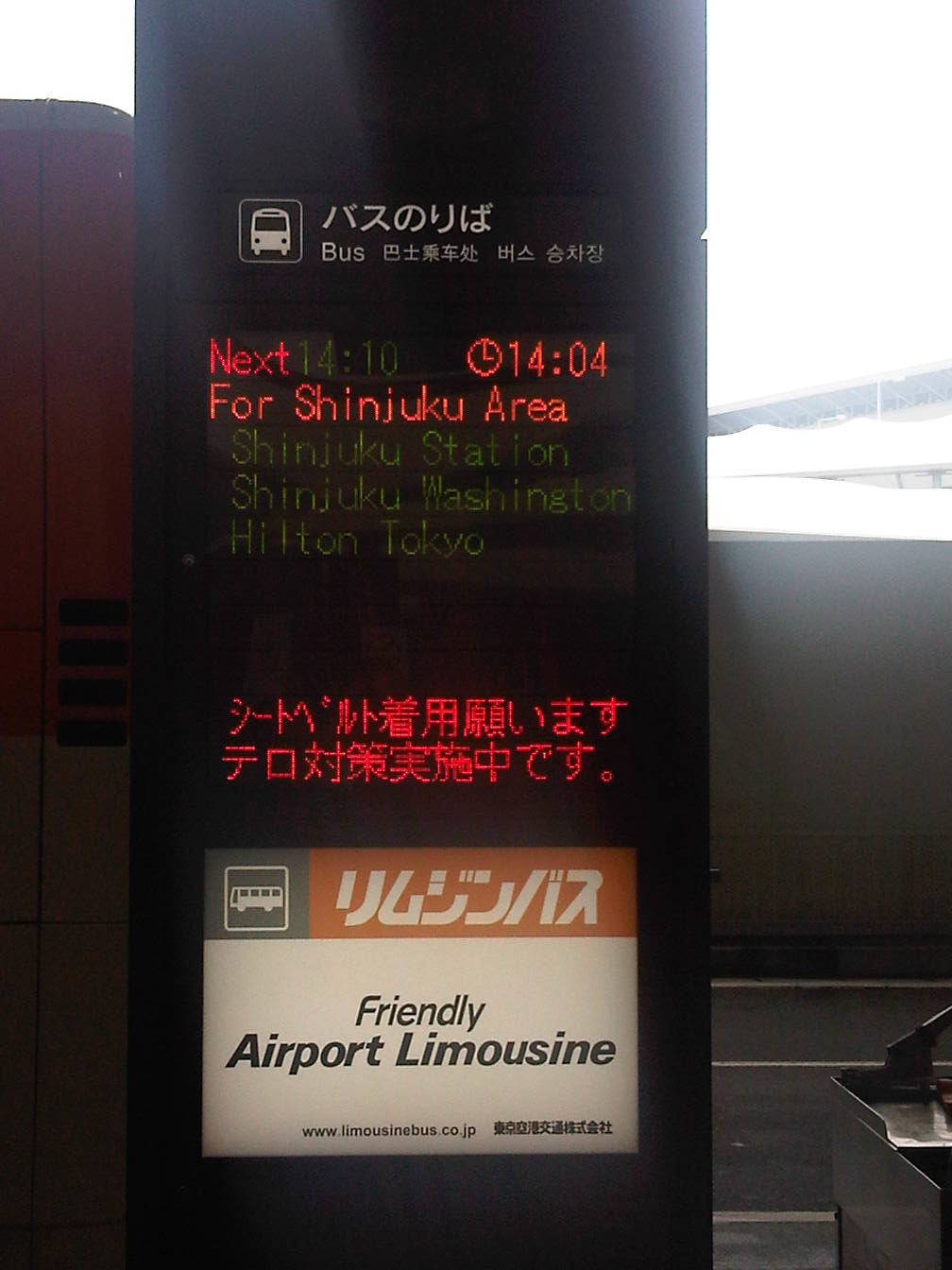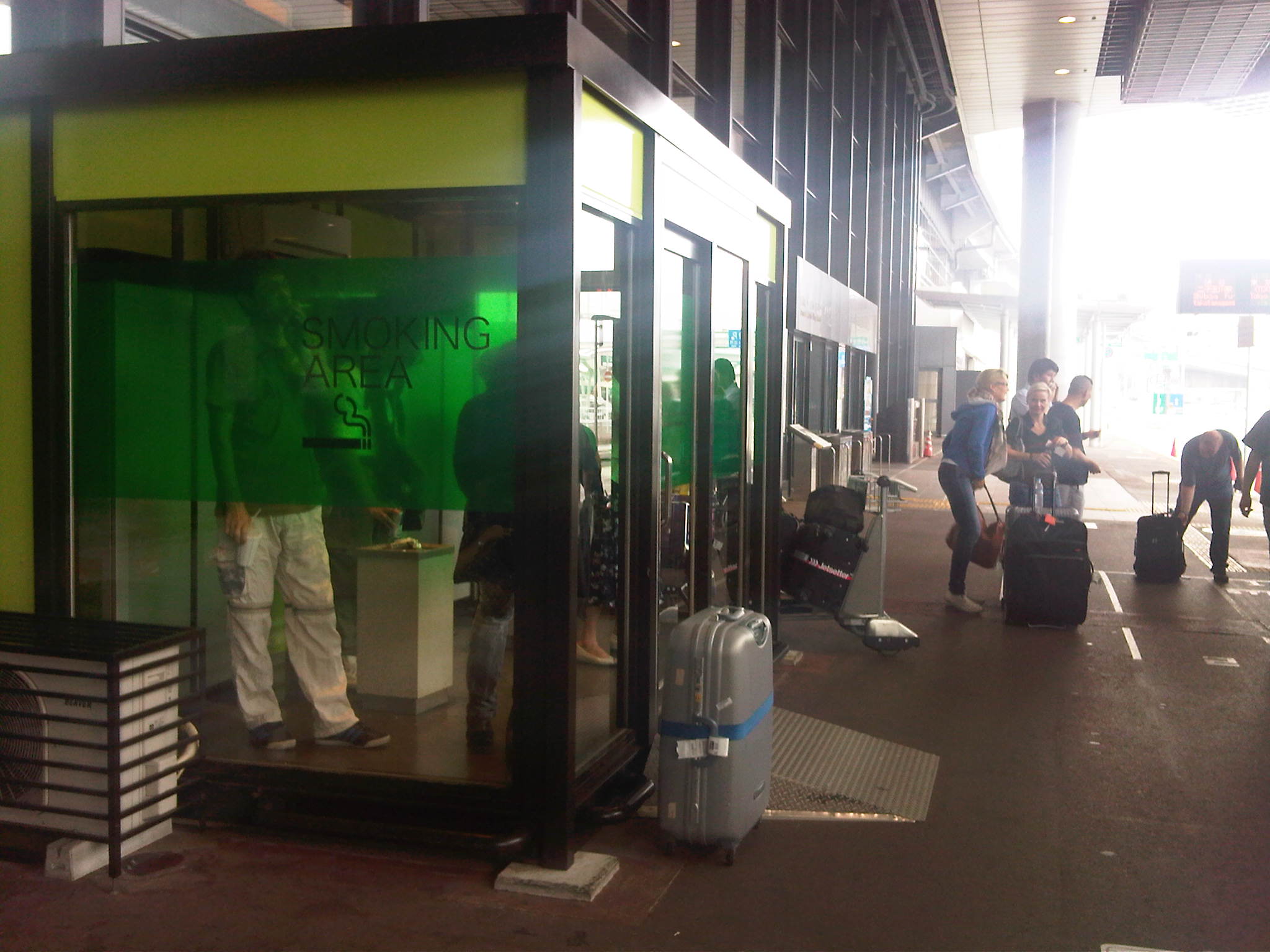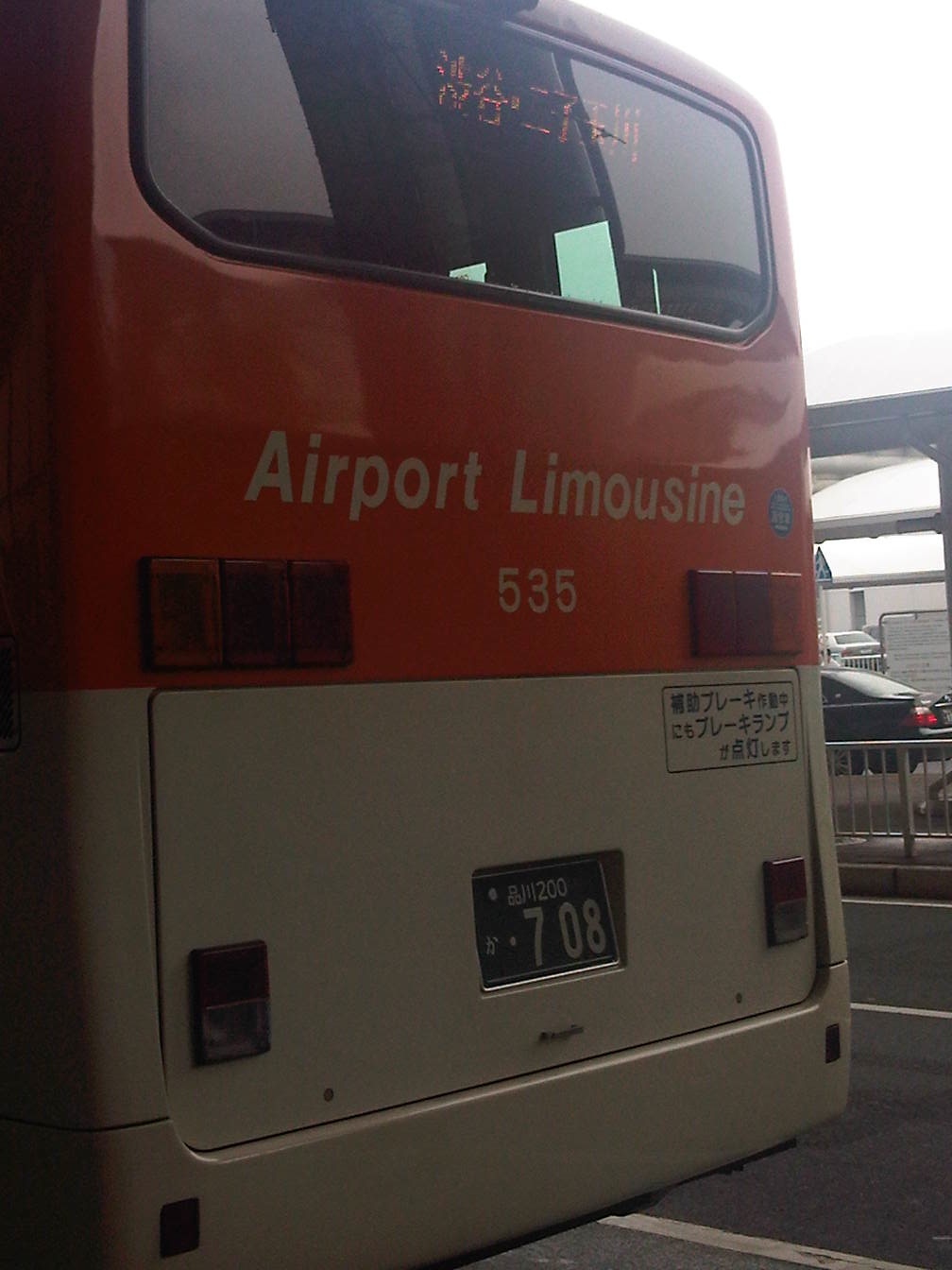I take a timeout from the usual posts on travel, transport and food to feature an important moment in the history of basketball in the Philippines. Last night, despite very tough opposition in a strong team from Korea, the Philippines national basketball team emerged victorious and qualified for the FIBA World Championships to be held in Spain next year 2014. The last time the country qualified for the World Championships was in the middle of the 1980's when a team that included the cream of the crop then plus a few naturalized players was able to top Asia for the last time.
Until that time, the country had a fierce rivalry with Korea for the top place in Asia. Afterwards saw the rise of China as a basketball power in Asia. Later, during the last decade, saw the emergence of teams from the Middle East and the former Soviet Republics in Asia, who had the size and eventually the skills to dominate teams from East Asia. These teams have been lording it over the competition and have become even stronger with players competing professionally in Europe and the NBA. Meanwhile, the Philippines, which prides itself as the only Asian country to medal in the FIBA World Championships (a bronze in 1954) and whose national past time has been basketball has not had a player in Europe or the NBA; the last being a dream for many.
The victory last night against Korea was especially sweet given the historic rivalry between the countries. That history has included a lot of heartbreaking losses to Korean teams including close ones in the 1970's. The last major victory of a Philippine team over Korea was probably in 1967 for the gold medal if that year's FIBA Asian championships. That team, which fielded among other popular players one Robert
Jaworski, defeated another Korean team that also featured some
superstars particularly one Shin Dong Pa, who was a sharpshooter who was so good he could probably beat teams by himself. There are so many stories about the match between the teams that I will just leave it for the reader to research these online.
Of course, the game last night was just the semi-finals of a tournament that featured a major upset in China not making the final four for the first time in more than two decades. It was sort of an irony that the Chinese team was beaten by an inspired team from Chinese Taipei or Taiwan. The Philippine team dropped a game to Chinese Taipei during the tournament's first round but that proved to be a blessing as it avoided meeting Korea or Iran early in the knock-out phase of the tourney. And so the Philippine team now faces Iran in the finals after Korea took the last qualifying spot by beating Chinese Taipei in the bronze medal game. Win or lose, the Philippines has already qualified for the 2014 World Championships but it would definitely be great if we were to win it all and on our home court.
-




























